Indonesia is a country that is home to many species of birds. The variety of birds found within Indonesia range from the large and majestic to the small and colorful.
The birds of Indonesia have adapted to their environment in order to survive and thrive, and are an important part of the country’s ecology and culture. Indonesia’s birds are a representation of their rich biodiversity and a source of pride for its citizens.
They provide us with a glimpse into the country’s fascinating wildlife, and are a reminder of the importance of protecting the environment and conserving its natural resources.
1. Birds-Of-Paradise
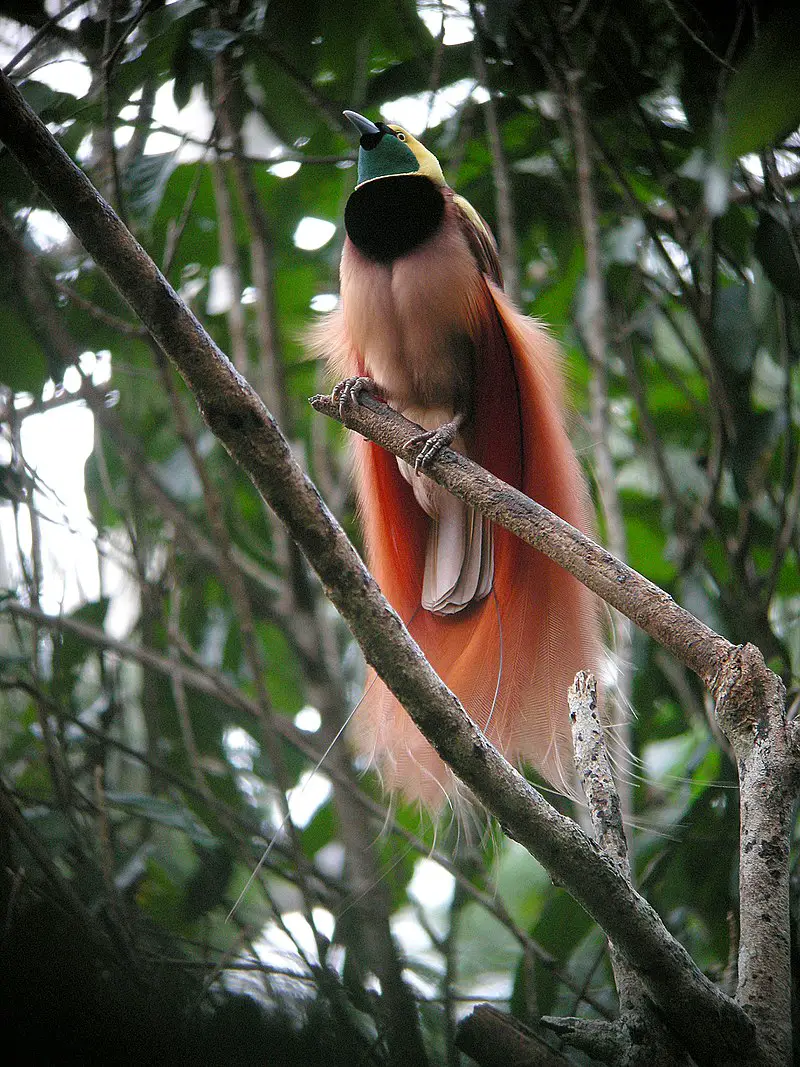
The birds-of-paradise are a family of passerines found mainly in eastern Indonesia, Papua New Guinea and eastern Australia.
These fascinating creatures have 45 species divided into 17 genera and are best known for their vibrant plumage.
Males of the species tend to be more colourful than females, with bright colours such as reds, blues and greens often seen on their feathers.
Their elaborate courtship displays also make them quite unique among other birds; they use various visual cues to attract mates including plumes, tail feathers and even dances.
The diversity of these stunning creatures makes them one of the most captivating bird families in existence today.Scientific classification:
| Kingdom | Animalia |
| Phylum | Chordata |
| Class | Aves |
| Order | Passeriformes |
| Superfamily | Corvoidea |
| Family | Paradisaeidae Swainson, 1825 |
Also Featured In: Birds That Live in the Jungle, Most Common Nature Birds
2. Ivory-Backed Woodswallow
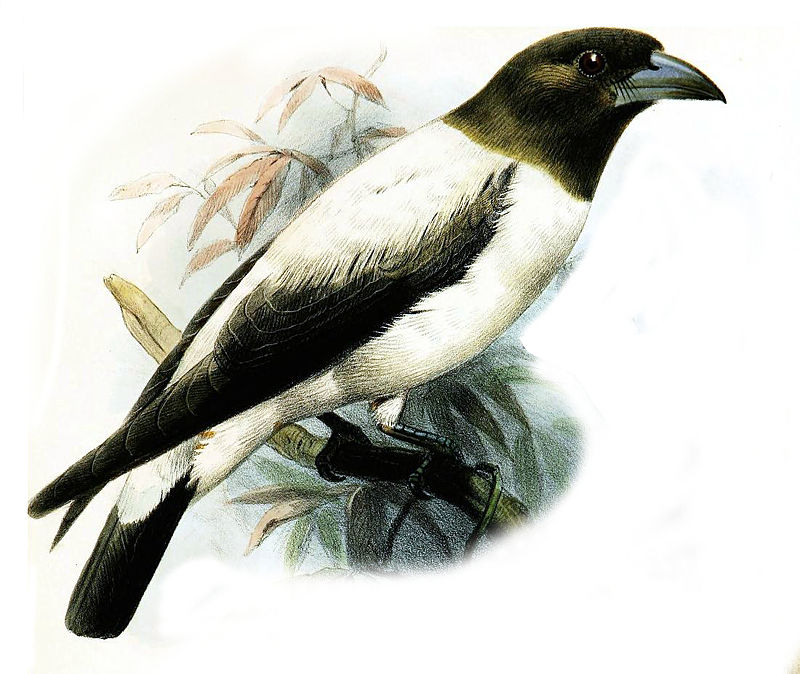
The Ivory-backed woodswallow is a striking bird species native to Sulawesi, Indonesia. It belongs to the Artamidae family and is characterized by its ivory-colored back feathers in contrast with dark gray plumage on its head and wings.
This medium sized bird prefers tropical moist lowland forests as well as montane areas for nesting and feeding grounds.
Its diet consists mainly of insects which it captures from midair or plucks off tree branches while flying in search of food throughout the day.
The Ivory-backed woodswallow also has an impressive acrobatic display often used during courtship when male birds perform aerial maneuvers over females perched on trees or cliffs to impress them with their agility skills.Scientific classification:
| Kingdom | Animalia |
| Phylum | Chordata |
| Class | Aves |
| Order | Passeriformes |
| Family | Artamidae |
| Genus | Artamus |
| Species | A. monachus |
3. Purple-Winged Roller
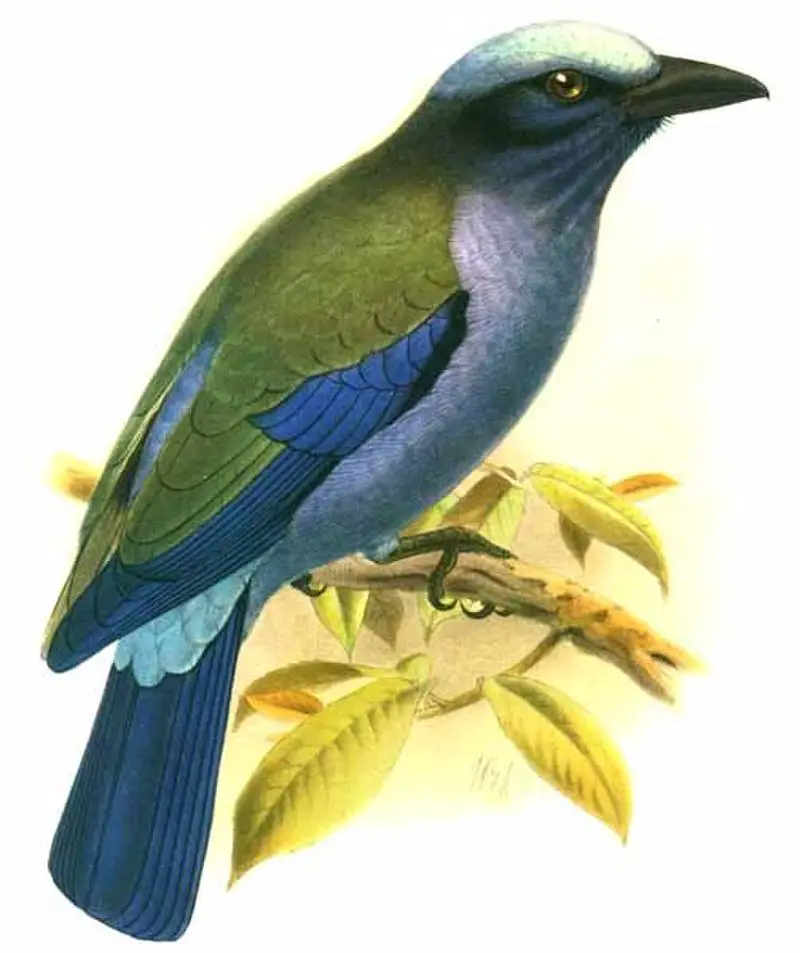
The Purple-winged Roller is a species of bird found in the Sulawesi subregion of Indonesia. It has bright purple wings and an elegant appearance, making it easily recognisable.
It inhabits moist lowland forests and feeds primarily on insects. The roller was formally described by French ornithologist Louis Jea in 1819.
Its conservation status is listed as Least Concern due to its widespread range, although populations have been decreasing recently due to deforestation for logging activities and palm oil plantations.
Conservation efforts are underway to protect this beautiful species from further decline and ensure that future generations can appreciate these birds’ beauty.Scientific classification:
| Kingdom | Animalia |
| Phylum | Chordata |
| Class | Aves |
| Order | Coraciiformes |
| Family | Coraciidae |
| Genus | Coracias |
| Species | C. temminckii |
4. Brown Fulvetta
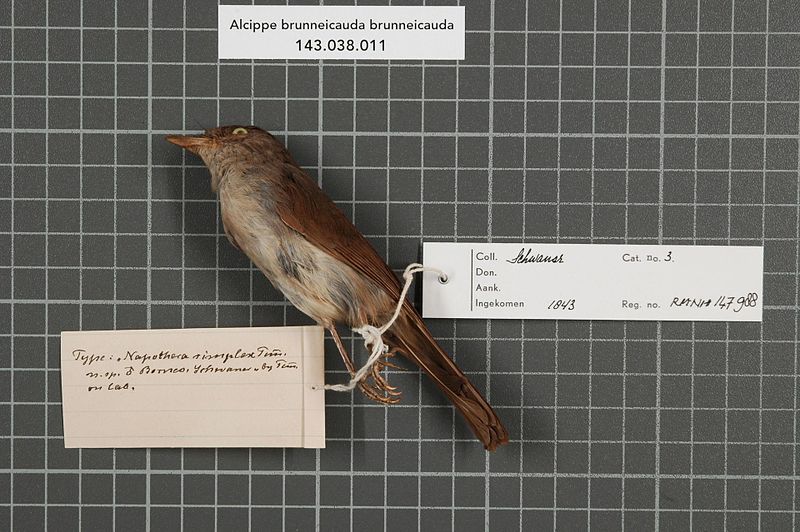
The Brown fulvetta is a species of bird found in Brunei, Indonesia, Malaysia and Thailand. It typically lives in subtropical or tropical moist lowland forests which are unfortunately being threatened by habitat loss due to human activity.
The small size of the brown fulvetta means it has adapted to live among dense foliage for protection from predators and its diet consists mainly of insects such as beetles, caterpillars and spiders.
Its plumage varies from dark brown on its head and wings with an orange breast and pale yellow belly making it stand out amongst other birds in the region.
Despite their vibrant colours they can be difficult to spot because they tend not stay still for very long while feeding on insects during daytime hours before settling down closer to nightfall when most predators have become dormant again..
Conservation efforts are essential if we want this unique yet beautiful creature continue living freely within our environmentScientific classification:
| Kingdom | Animalia |
| Phylum | Chordata |
| Class | Aves |
| Order | Passeriformes |
| Family | Alcippeidae |
| Genus | Alcippe |
| Species | A. brunneicauda |
5. Sunda Teal
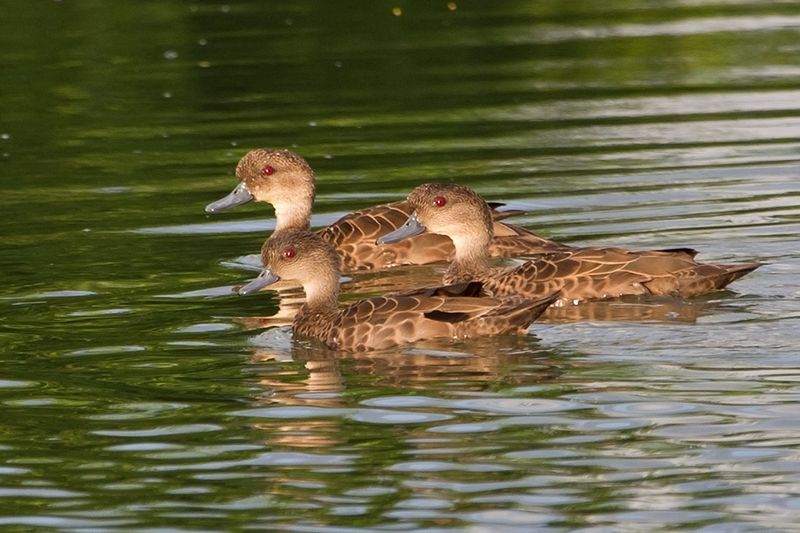
The Sunda teal is a dabbling duck found in open wetlands throughout Indonesia. It has a unique, colourful appearance which includes brown and grey feathers with white spots.
The species was previously thought to include two other subspecies but molecular studies have since confirmed it as monotypic.
They are often seen alone or in small groups near shallow water, where they feed on aquatic vegetation such as seeds and algae.
This bird also makes its home among reed beds for nesting purposes and can be heard making soft quacking sounds during the breeding season when looking for mates.
As an endangered species, it’s important that we protect their habitats so this beautiful creature can continue to call our wetlands home.Scientific classification:
| Kingdom | Animalia |
| Phylum | Chordata |
| Class | Aves |
| Order | Anseriformes |
| Family | Anatidae |
| Genus | Anas |
| Species | A. gibberifrons |
Also Featured In: Common Birds of Indonesia,
6. Indonesian Serin
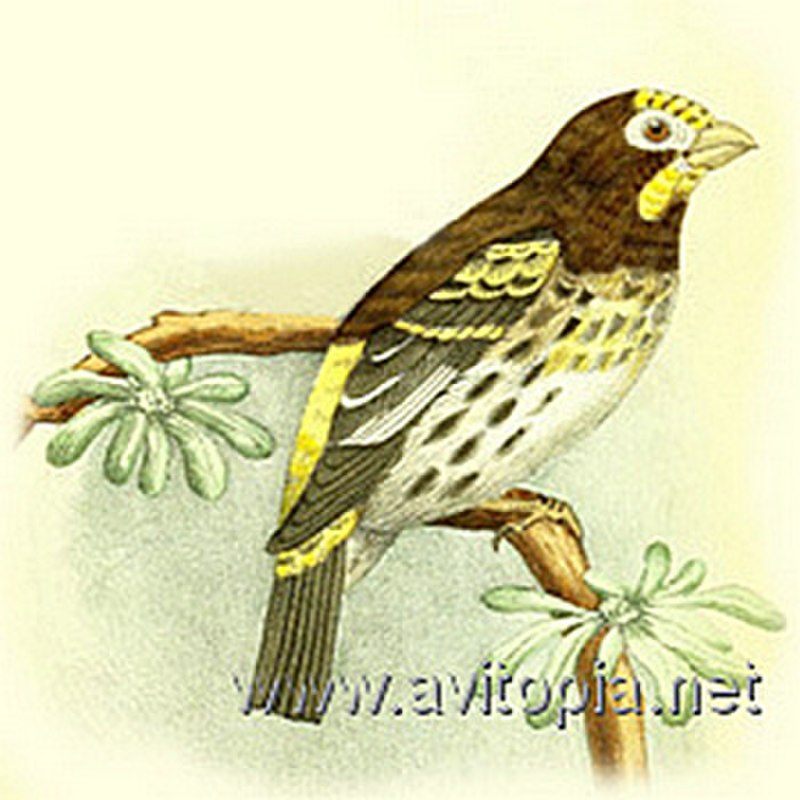
The Indonesian serin is a species of finch found in Indonesia, inhabiting subtropical or tropical moist montane forest and high-altitude grassland. It belongs to the family Fringillidae and was formerly placed in genus Serinus.
A phylogenetic analysis of mitochondrial DNA sequences showed that it does not belong there, however.
The bird has bright yellow feathers on its head and chest with grey wings and brown back; males have black streaks around their eyes while females are plainer.
They feed mainly on seeds but also eat insects when available. These small birds live in pairs or small flocks during breeding season, which usually begins at the start of summertime rainfalls.
During this time they build nests made from twigs lined with soft material such as wool or fur close to tree trunks for protection against predators like snakes or catsScientific classification:
| Kingdom | Animalia |
| Phylum | Chordata |
| Class | Aves |
| Order | Passeriformes |
| Family | Fringillidae |
| Subfamily | Carduelinae |
| Genus | Chrysocorythus |
| Species | C. estherae |
7. Lesser Crested Tern
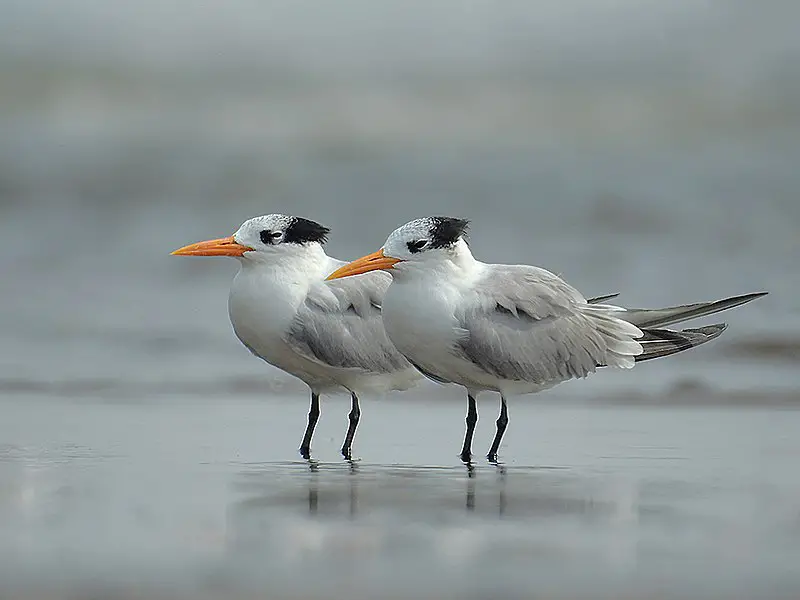
The lesser crested tern is a beautiful bird belonging to the Laridae family. It can be found breeding in subtropical coastal parts of the world, mainly from Red Sea across Indian Ocean.
Its genus name comes from Ancient Greek word Thalasseus which means fisherman and its specific bengalensis refers to Bengal, historically referring to much of northern India and Bangladesh.
The adult has white plumage with grey on wings and back; black cap extending behind eye; long pointed bill yellow tipped red at base, orange legs and feet.
They feed primarily by plunge-diving for fish near shore but may also take some insects or scavenge off boats or piers when given opportunity.
This species nests in colonies often on beaches or islands with other seabirds where it lays two eggs per clutch that are incubated for about a month before hatching.Scientific classification:
| Kingdom | Animalia |
| Phylum | Chordata |
| Class | Aves |
| Order | Charadriiformes |
| Family | Laridae |
| Genus | Thalasseus |
| Species | T. bengalensis |
Also Featured In: Common Birds of Maharashtra, Common Townsville Birds
8. Standardwing Bird-Of-Paradise
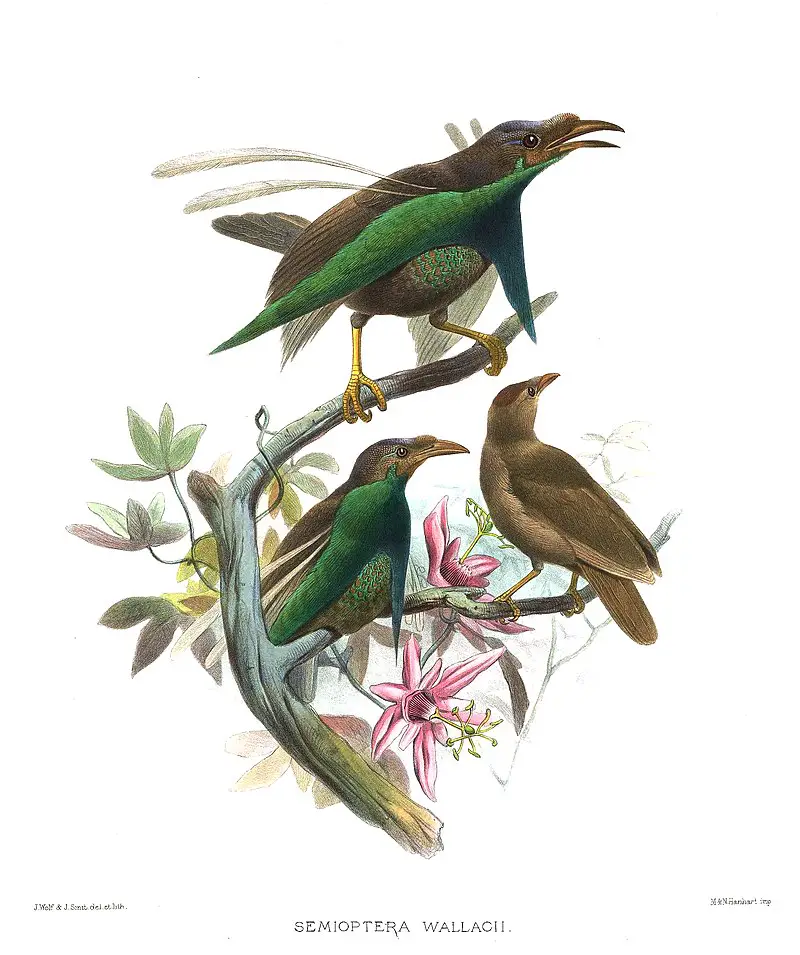
The Standardwing Bird-of-Paradise is a unique species of bird found in the tropical regions of Southeast Asia.
It was named by George Robert Gray from the British Museum after Alfred Russel Wallace, who discovered it during his travels through The Malay Archipelago in 1858.
This beautiful avian creature stands out for its vibrant colors and elaborate courtship display that includes bill clacking and fanning out.
Its wings to create an impressive ‘standard’ pattern with alternating black and white feathers. Its diet consists mainly of fruits, flowers, insects and small animals such as lizards or frogs.
Despite being widely sought after by collectors due to their beauty, habitat loss has made them vulnerable to extinction so conservation efforts are necessary if we want this fascinating species to survive.Scientific classification:
| Kingdom | Animalia |
| Phylum | Chordata |
| Class | Aves |
| Order | Passeriformes |
| Family | Paradisaeidae |
| Genus | Semioptera Gray, 1859 |
| Species | S. wallacii |
Also Featured In: Birds that Live Near Halmahera, Beautiful Birds Found in Paradise Island
9. Javan Pied Myna
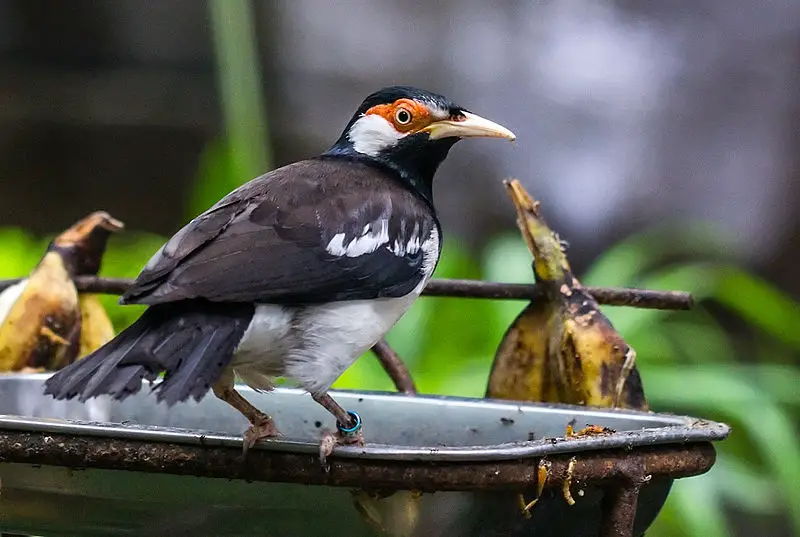
The Javan pied myna is a species of starling with black and white plumage and a prominent black collar.
It was once found in most of Java, Bali, as well as southern Sumatra; however, its population has been drastically reduced due to mass collection for the pet trade.
This bird can still be seen in some parts of Indonesia but not on the same scale it used to occur before. The conservation status of this species remains unknown since there isn’t enough data available about their numbers and range size at present.Scientific classification:
| Kingdom | Animalia |
| Phylum | Chordata |
| Class | Aves |
| Order | Passeriformes |
| Family | Sturnidae |
| Genus | Gracupica |
| Species | G. jalla |
10. Besra
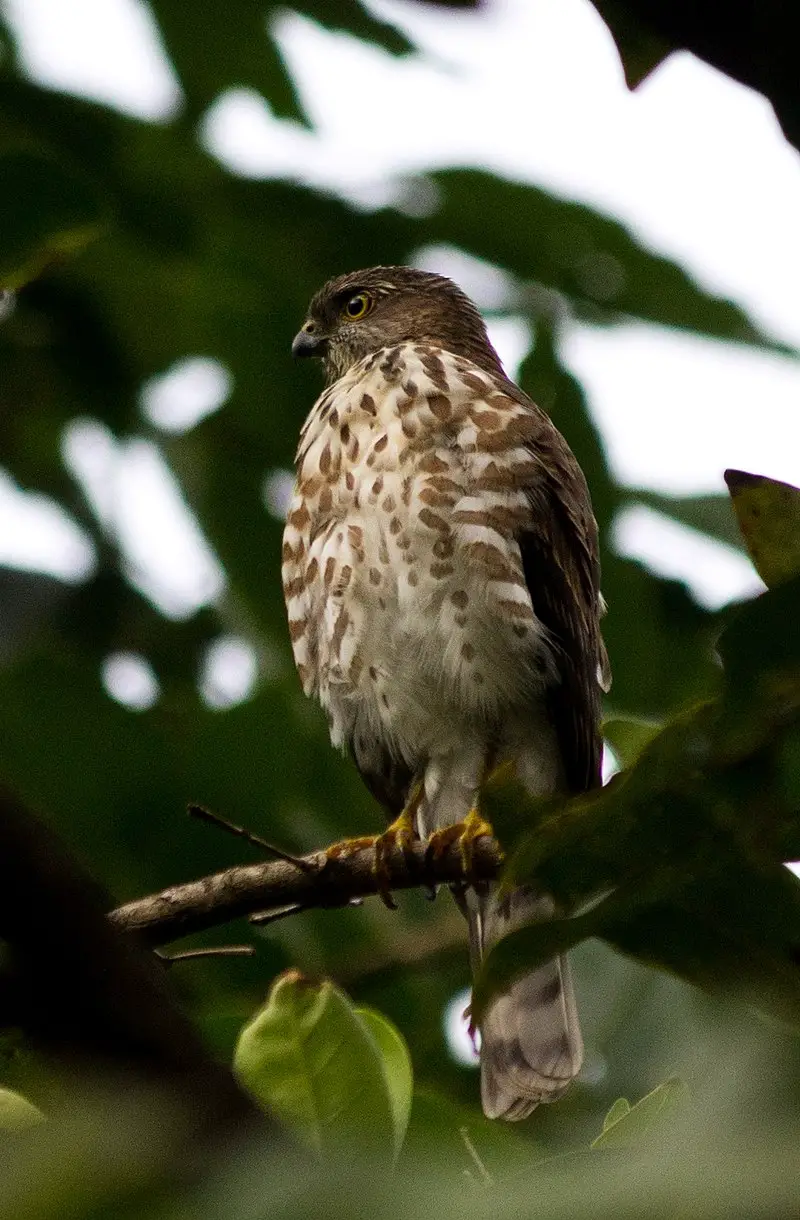
The Besra is a small bird of prey, belonging to the Accipitridae family. It can be found in dense forests across Southern Asia and East Asia.
The besra typically builds new nests each year, usually out of twigs and leaves, laying 2-5 eggs at a time.
Its size ranges from 29 t 40cm long with broad wings for soaring through the air quickly and efficiently when hunting for its food which mainly consists of insects or other small animals like rodents or lizards.
This agile predator uses its sharp vision to locate potential meals both on land as well as water bodies nearby where it may swoop down to catch unsuspecting fish too.Scientific classification:
| Kingdom | Animalia |
| Phylum | Chordata |
| Class | Aves |
| Order | Accipitriformes |
| Family | Accipitridae |
| Genus | Accipiter |
| Species | A. virgatus |
Also Featured In: Common Philippines Birds, Birds of Karnataka